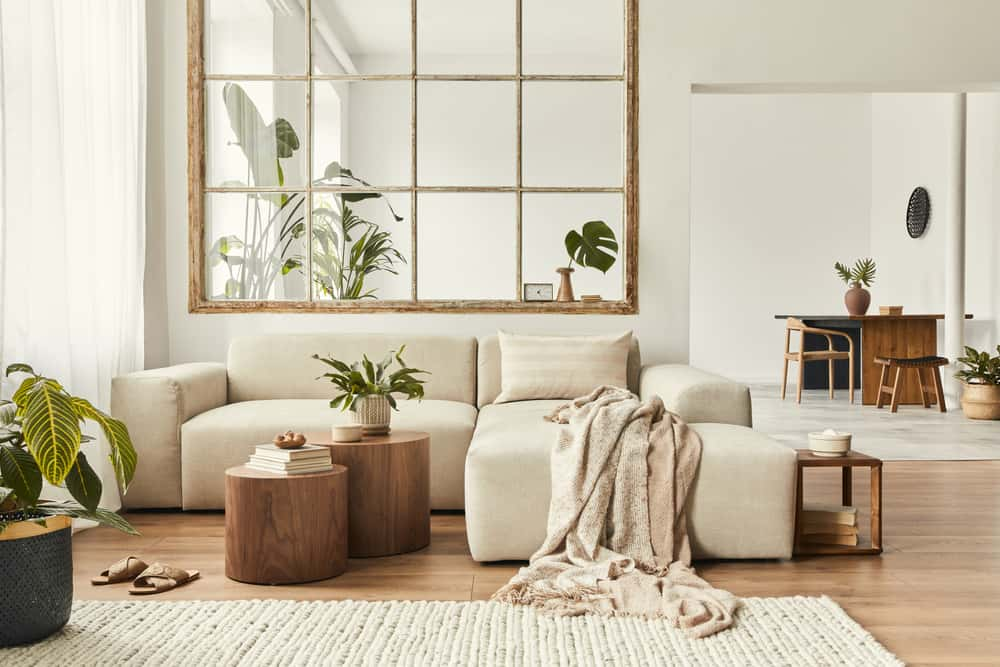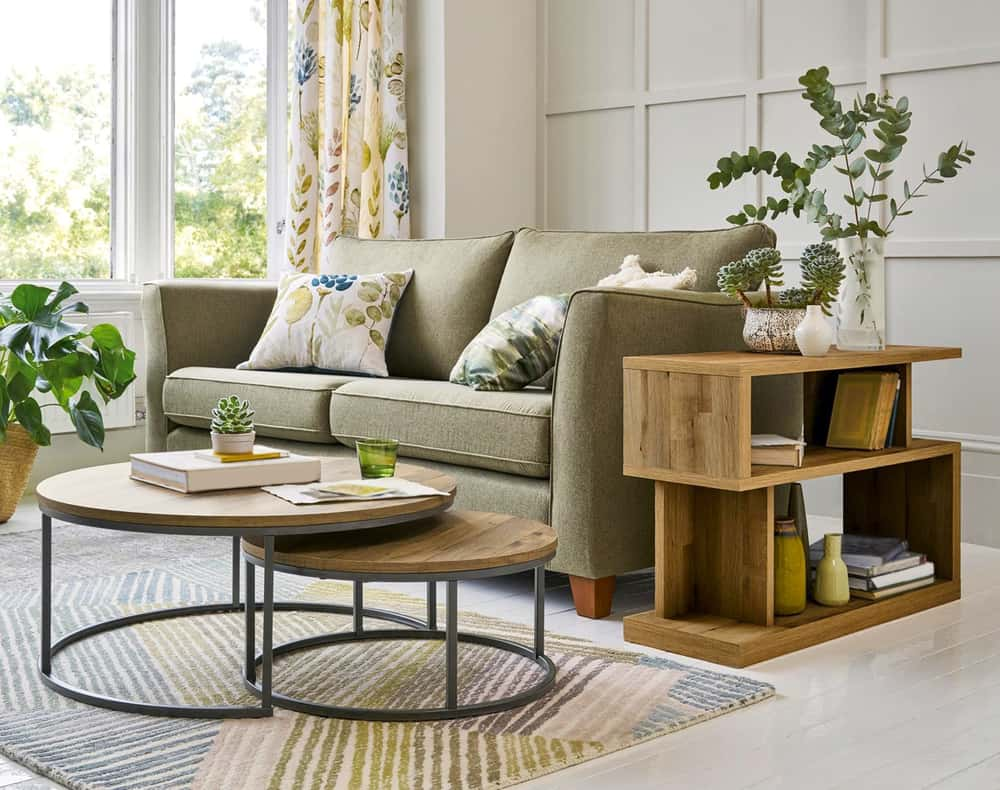A newly built home has a lot of energy, and the owners are equally enthusiastic about curating each space and keeping interior design principles in mind. You must be very attentive when choosing your interior colour scheme since colour may drastically alter the appearance of your property.
- Proper Planning
- Follow a Rhythm
- Anchor Your Look
- The Matter of Scale and Size
- Natural Materials
- It’s in the Details
- Finding the Balance
- Be an Editor
Interior designers know how their story is going to unfold, what each chapter entails, and how to bring an exciting twist to their story at the end of the home designing adventure. The result, a breathtakingly beautiful home.
You, too, can achieve the same look by following some tricks designers use to get the best out of your space. However, if you don’t have a cohesive plan in place, your decor may just be like a boring book you want to toss midway. The difference? Your home is not a book that can be dumped into the garbage if you don’t like it.
Let’s take a short walk through some basic interior design principles. Trust us, and your decor will rock when you are through!
It’s in the Planning
Planning entails defining your focal wall and envisioning the placement of your TV cabinet and seating arrangement. In case you have a small space, you may even need to accommodate your dining table in your living room. The same principle applies to the other areas of your home.
Before going ahead with your project, you need to know how everything is going to fit into your space so that you know what will work in your design.
Salient Points
- Make a list of your requirements for the given space
- Take the number of people using the space into account
- Make sure there is a flow of movement between pieces of furniture
- Measure out the space so you can buy your furniture accordingly
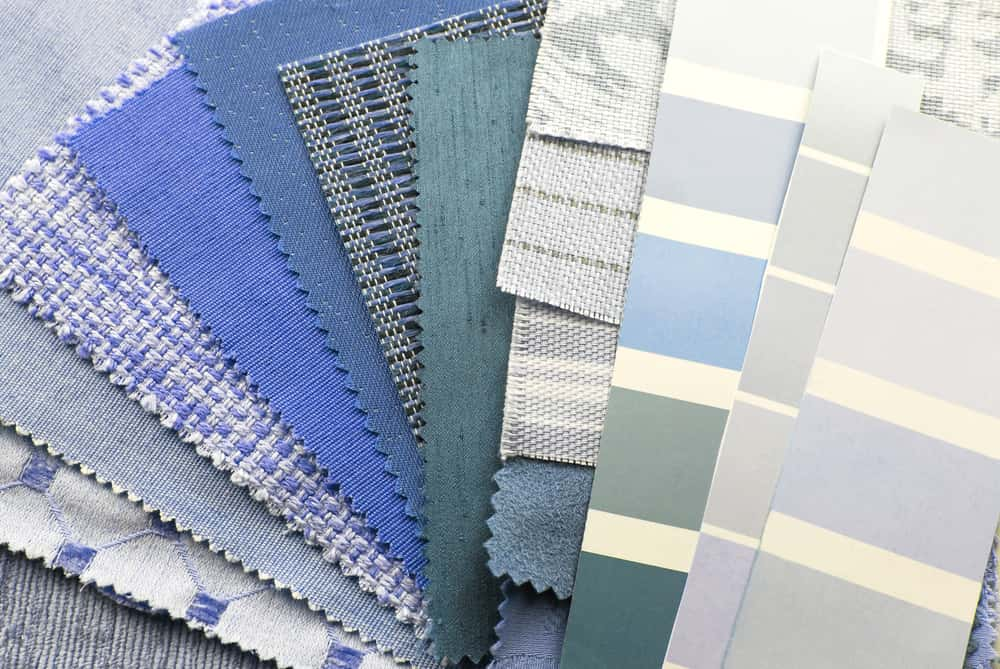
Follow a Rhythm
Much like the beat of the drum, colours and textures too will have a rhythm when placed correctly. A red cushion in a sea of blue may stick out like a sore thumb. But if you incorporate some red knick-knacks into the decor at intervals, it will add an interesting element to the decor.
When you have accent colours placed around the room, the eye sweeps seamlessly through the space, taking in the beauty of the decor. So let your accent colour echo gently in different areas of the room.

Anchor Your Look
Most stories have a hero. But there can’t be two of them! At best, you can have strong side characters. The same applies to your room. The hero in your room can be a wall cabinet or a beautiful headrest behind your bed.
Your arrangement will revolve around this focal point. You can group your couch and chairs around the hero of your decor. Other elements such as floor lamps, end tables, or plants will do the rest.
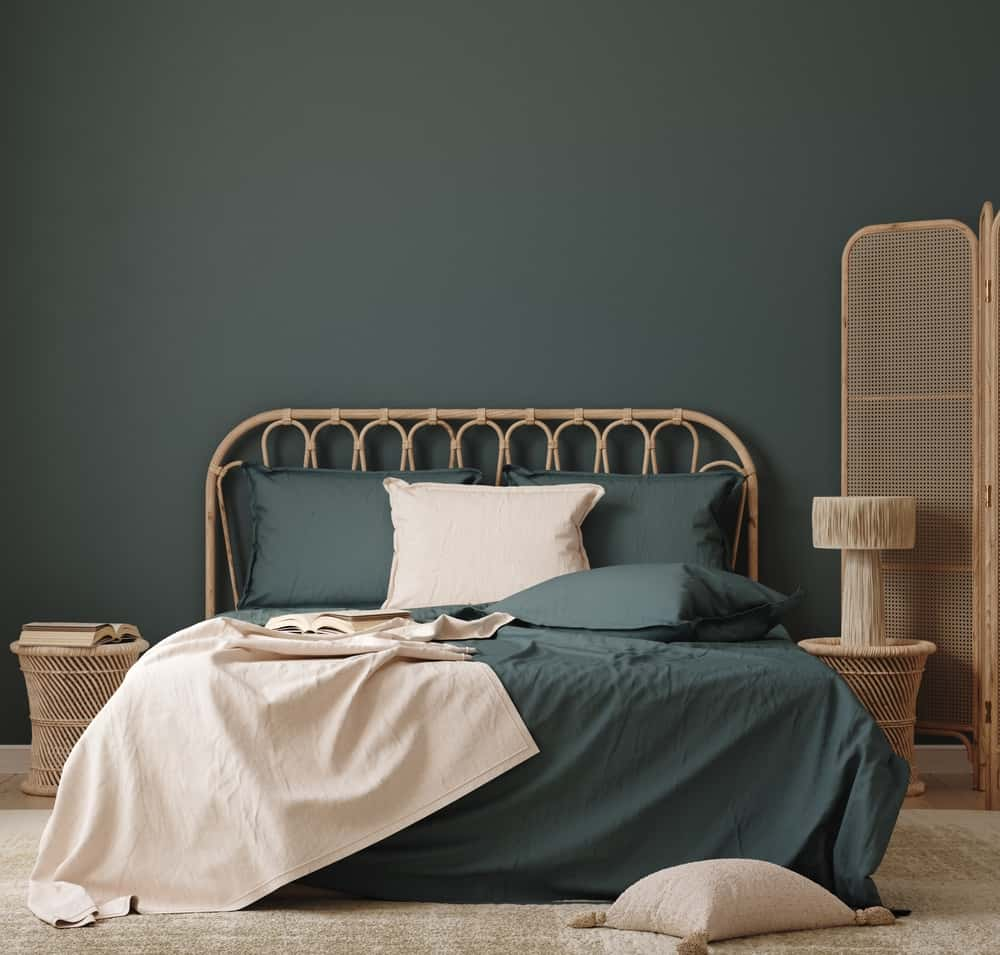
The Matter of Scale and Size
A centre table with spindly legs will not be a great fit for a bulky couch. A sectional sofa with a tiny centre table in its midst isn’t going to work either. This interior design principle is essential if you want to get your look right. So, select your elements, keeping the proportions in mind.
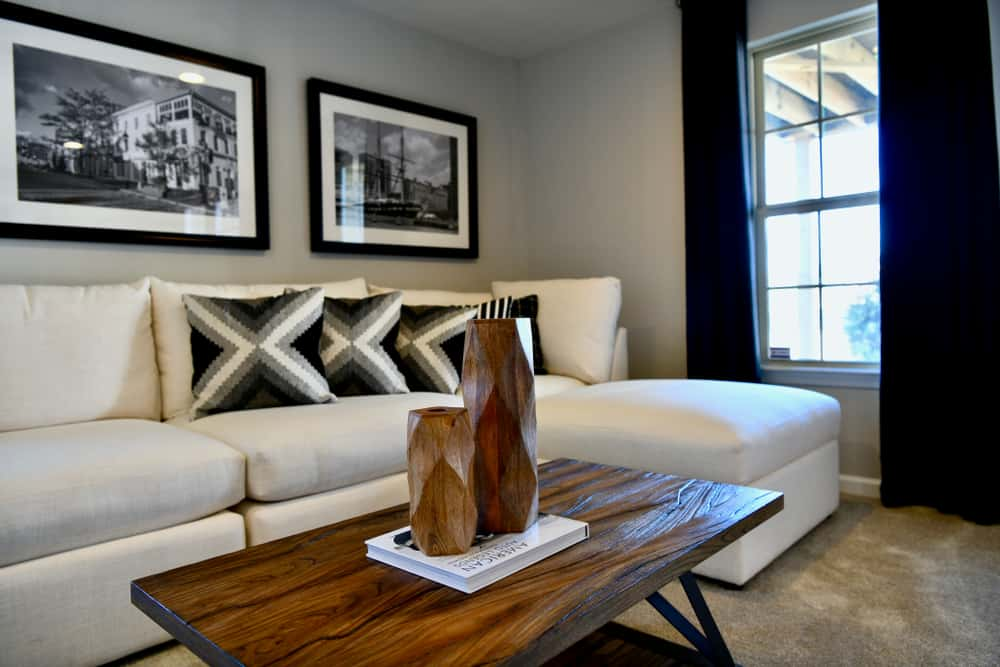
Natural Materials
Plastic is a poor substitute for natural materials such as metal or wood. Natural wood can be forbiddingly expensive and may not suit your budget. Engineered wood gives a natural wood vibe and is a great alternative. For your flooring, you can opt for wood, stone, or ceramic tiles.
The use of suitable materials in your decor will dramatically change the way your room looks.
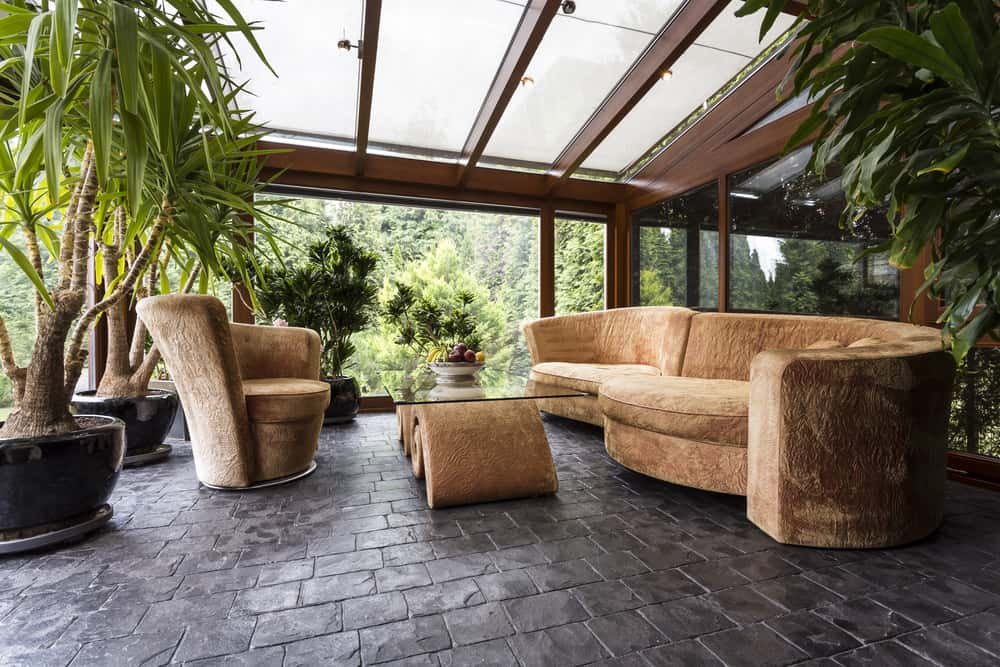
It’s in the Details
Without the minor character roles, your story will lack a soul. That’s where the supporting accessories come in. It can be a beautiful floor lamp, a cluster of potted plants, or the tapestry covering your focal wall; these little nuggets of beauty will complete your decor and breathe life into your home.
However, it’s best to tone down on the accessories and pick a few pieces that make an impact, rather than go overboard and overwhelm your decor with objects that don’t lead anything to the design.
Things you can use to amp the look:
- Picture galleries or paintings
- Potted plants
- Pottery or glass items
- Throw cushions
- Area rugs
- Quirky lamps and light fixtures
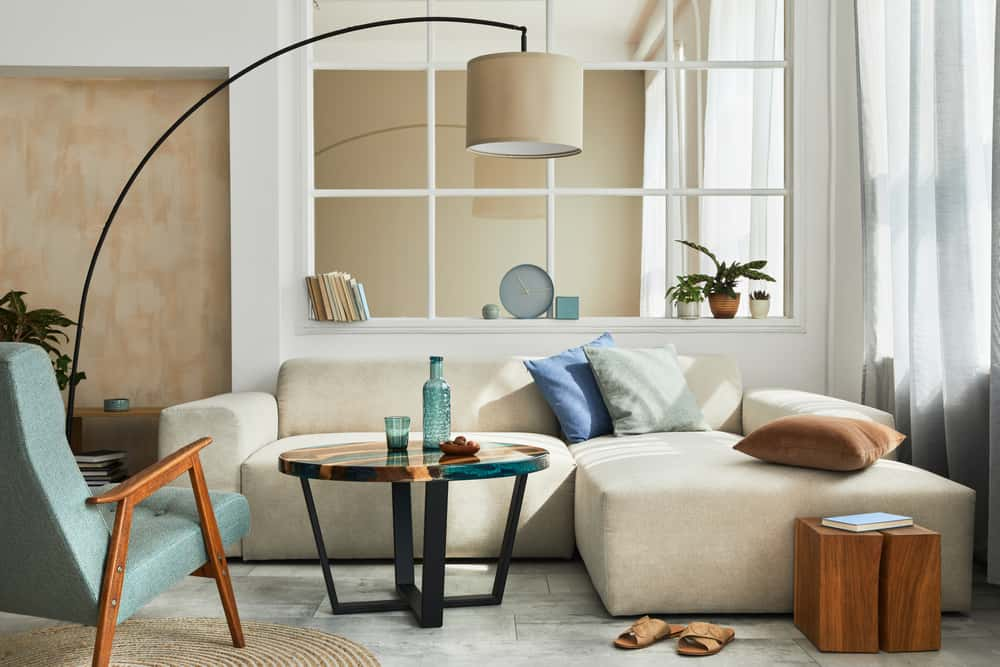
Finding the Balance
You can opt for symmetrical balance by selecting matching end tables, placing similar lamps on the sides of the couch, or placing candle stands on either side of the painting on your console. This will balance your design beautifully.
While a balanced look is excellent, it has a clinical feel. Asymmetrical arrangements exude a more relaxed look in comparison. It can be tricky to grasp the nuances of asymmetry. But when achieved, it gives your room a comfortable and casual vibe.
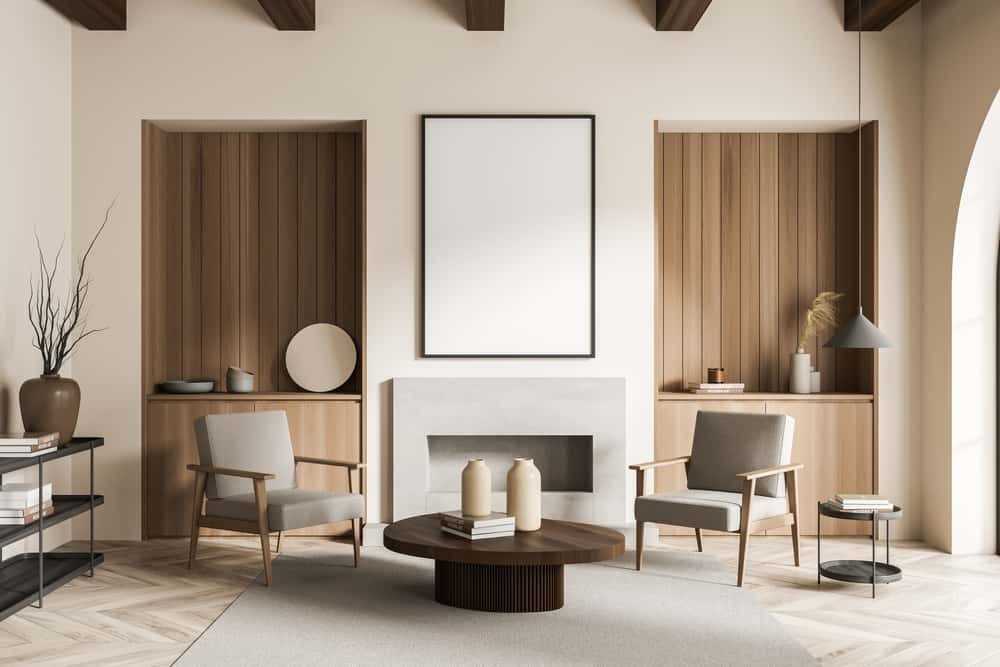
Be an Editor
You have chalked out the basics of your decor. And probably zeroed in on the stuff you want to put in your room. In your zeal, you may have selected a hoard of things that you ‘just couldn’t resist.’
When you try to fit all of it in your room, you will probably end up with a hotchpotch of design elements. Be discerning and go for a few interesting pieces that make a statement rather than a bunch of things that don’t make sense.
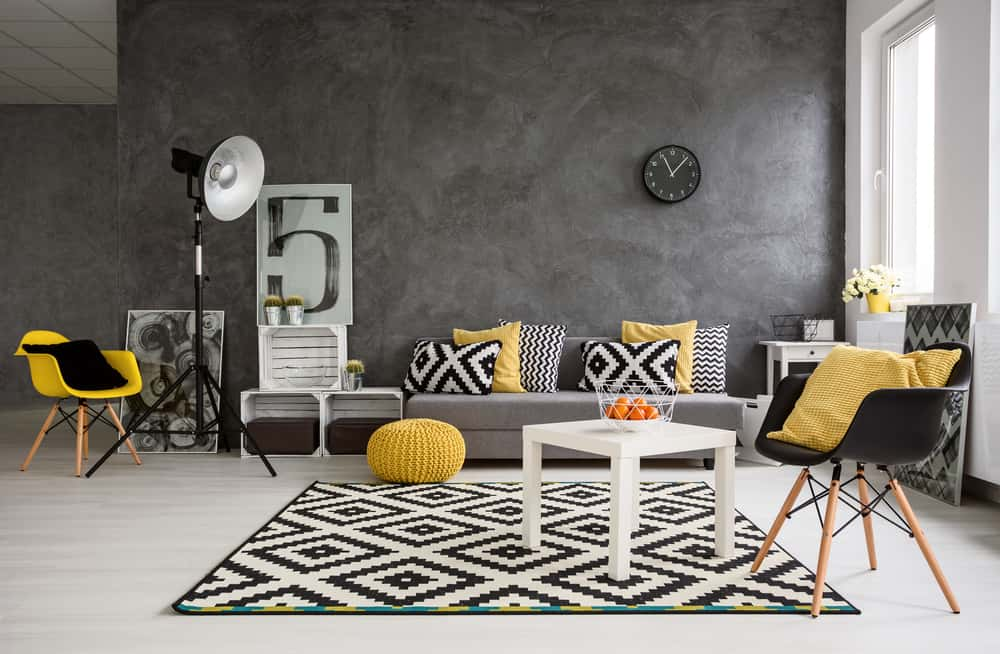
You don’t need a degree in design. With a bit of creative acumen, you can pull off a great look if you follow these interior design principles. Confused? Get that frown off your face! HomeLane will be more than ready to help you!

